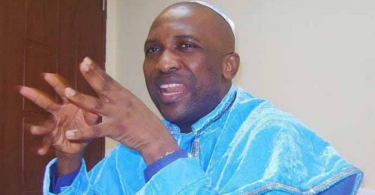Meet Rita Ofili, Winner Of Miss Wheelchair Nigeria 2022 (Photos)
The winner of Miss Wheelchair Nigeria 2022, Rita Ofili has said her physical challenge has not limited her success nor stopped her from achieving her dreams.
According to her, the decision to be successful in life begins with the mind, encouraging other physically challenged persons to see beyond their physical configuration and go all out to achieve their dreams.
Ofili who is also a Person Living With Disabilities (PLWD) advocate in an interview with Matters With Madinma noted that she was scheduled to represent Nigeria in Mexico October this year at the global stage of Miss Wheelchair beauty contest but could not do so because of finances.
While noting that it was discriminatory being on wheelchair at her early stage in life as no one wanted to associate with her, Ofili thanked her parents for giving her education which she said has shaped her and assisted her in achieving exploits in life.
“You know when you have a child with disability, they said ‘trash this child, throw away this child, this child is cursed’ but despite that my parents still stood by me and gave me the best things of life which is education” she said with excitement.
She said she aspires to be a model and cannot be limited, noting that she can still achieve her dreams while sitting.
Apart from these, she also dreams to have a brand in clothing and footwear in no distant time, targeting persons with disabilities whom she said have smaller legs.
Ofili said she has gone ahead to establish a non-governmental organisation, Ephphata Hope Foundation dedicated to enhancing the minds of people with disabilities, saying she has used the organisation to encourage and motivate persons with disabilities to challenge the status quo and achieve their dreams.
Ofili while calling for the inclusion of persons with disabilities in governance expressed displeasure that a lot of public buildings are not accessible to their members, calling for architectural redesign that will be PLWD friendly.
According to her, these architectural barriers pose challenges to the community, especially those on wheelchairs as they cannot access toilets in public buildings due to their narrow designs.











